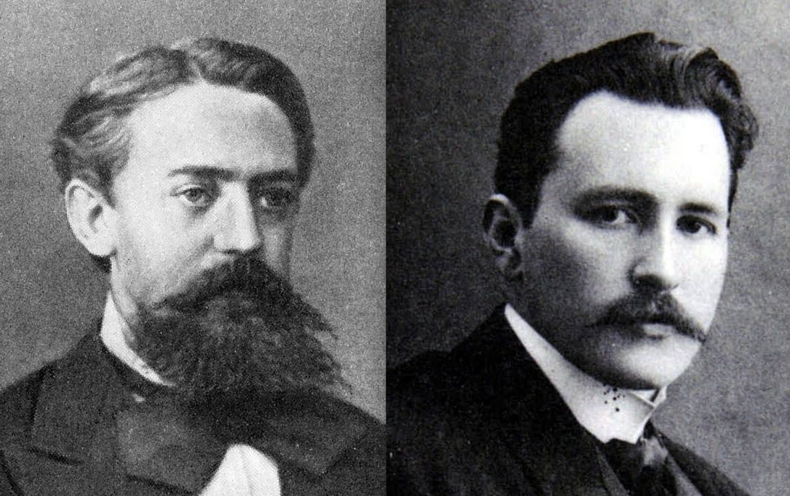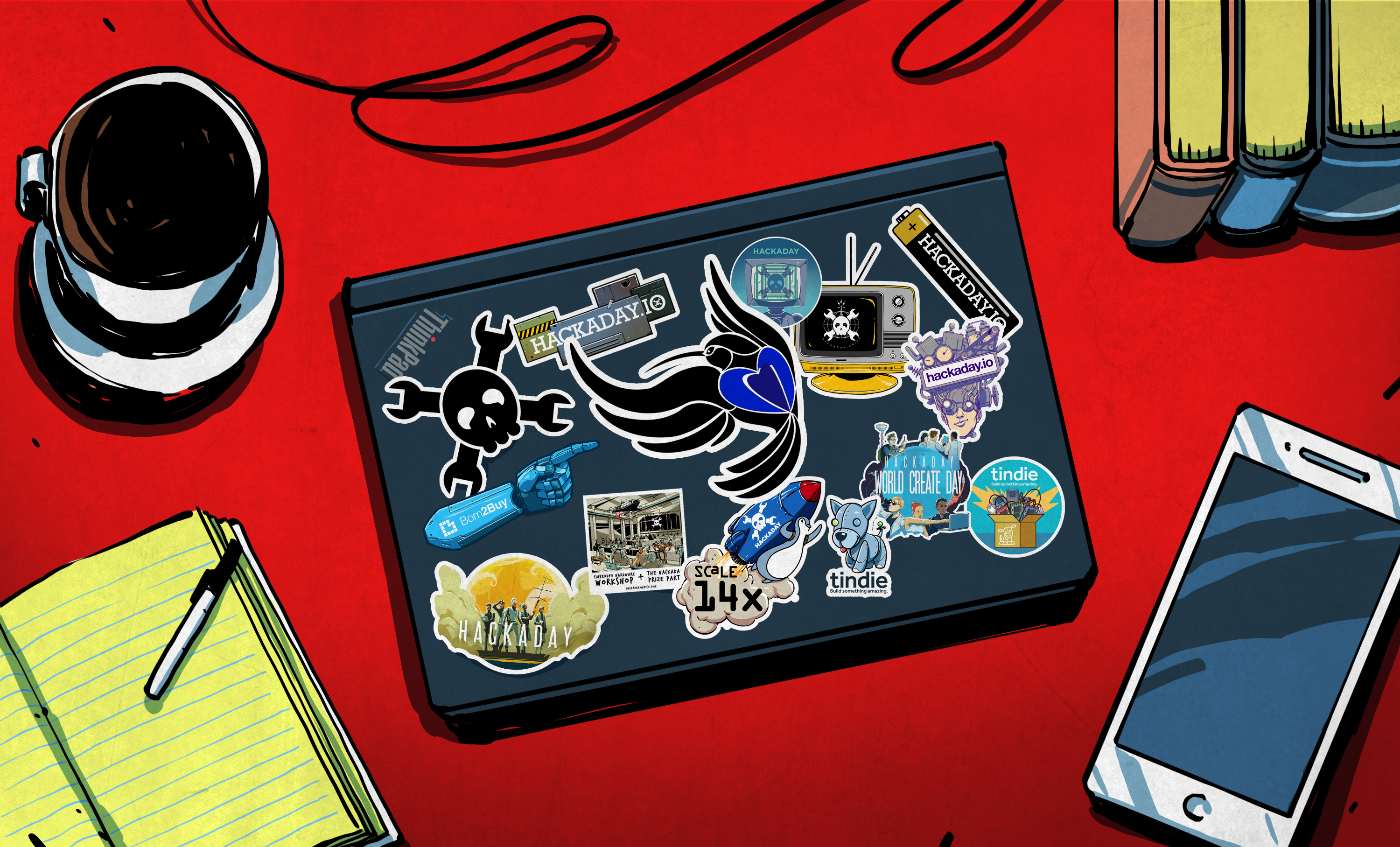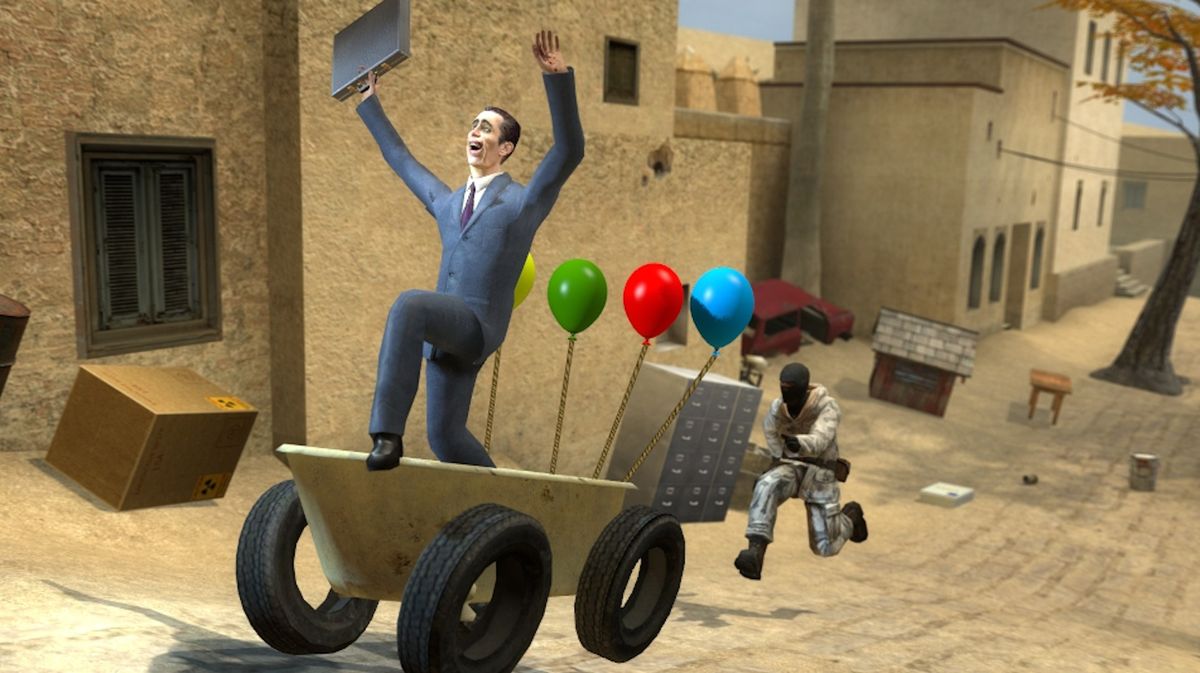
America’s New Post-Literate Epistemology
On January 6, a mob stormed the U.S. Capitol. Among the most indelible images of that day was of a bare-chested man with bison horns, face paint, and a smattering of strange primal tattoos taking over the Speaker’s podium. Against the classical backdrop, some commentators noted that there could be no more apt image to encapsulate America’s decline and fall.
Beyond the conventional explanations of fascism and white supremacy , many have begun to point to the medium rather than any particular message. One headline claimed that “ the internet is a crime scene ,” while another asked “ can Twitter exist in a democracy ?”
Conspicuously missing, however, in this collective agonizing over social media is the guidance of media theorist Marshall McLuhan. After all, McLuhan was a seminal figure in pioneering the whole field of media studies. He defined media broadly as any technology, from the wheel to the woodcut and the washing machine, that might serve as a virtual “extension of ourselves.” He sought to map out or “probe” the totalizing psychological, cultural, and social environments created by any medium.
Alongside the more famous “hot versus cool media” dichotomy, he proposed a division between the “Western” or literate and the “tribal” or non-literate modes of awareness. McLuhan believed that the West was due for a period of “re-tribalization,” but by “tribal” he meant much more than the commonly understood definition.



















